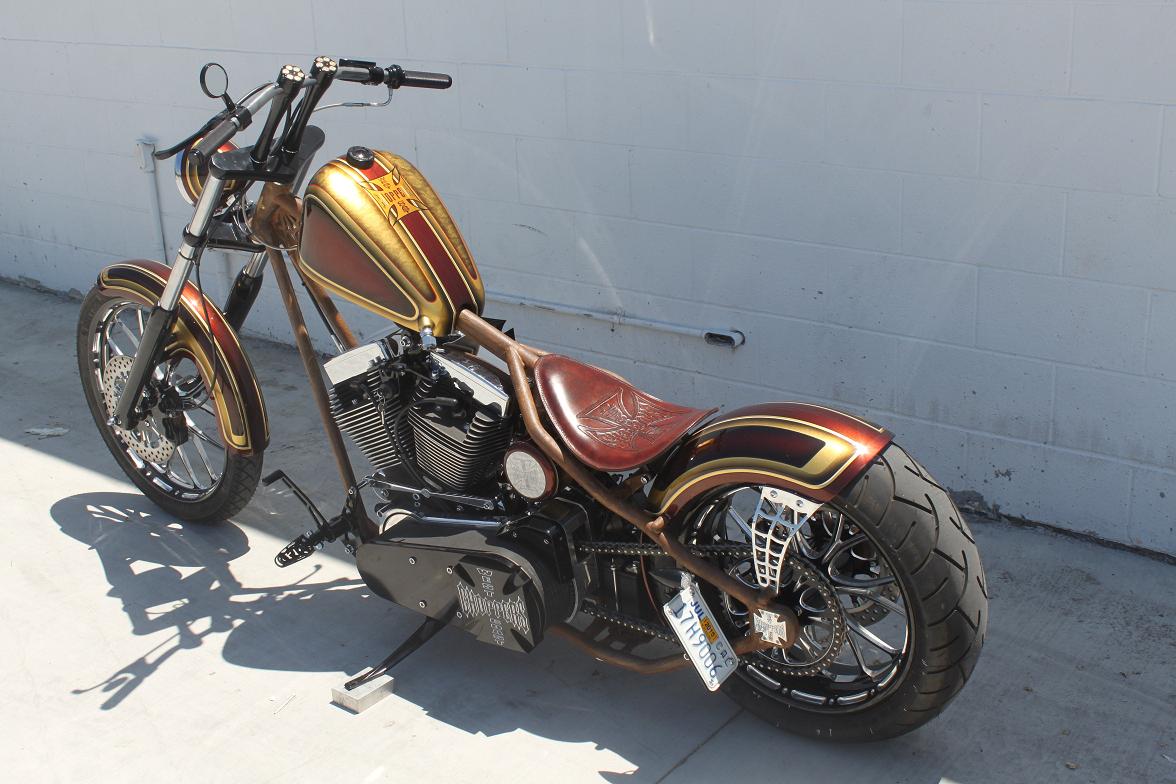
The H-5 cars were originally planned to be outfitted with carpeting on the floors, but this idea was soon dropped, and the cars had the same type of flooring as previous orders. This produced a distinctive buzz whenever the train accelerated and decelerated. Chopper control provides "stepless" acceleration and also allows regenerative braking, where some of the kinetic energy lost in the braking process is converted back to electricity and recycled into the third rail.

They were the first subway cars to be air conditioned and they were also the first to use chopper control as standard equipment (this feature had been tested in the H-3 class cars leading to the decision to make this feature standard). The H-5 cars, numbered 5670-5807, were a significant departure from their predecessors. Four cars were added to the order to replace the four H-1 cars lost in the Christie station fire in late 1976 bringing the total order to 138 cars.Ī shot showing the seating arrangement of an H-6. Commissioned in September 1974, the first two of the order of 134 H-5 cars were delivered in October 1976 and entered service for the first time in the spring of 1977. The H-5 cars were ordered to provide cars for service on the Spadina subway, which was then under construction. Although comprised of separate classes, the H-1, H-2, H-3 and H-4 series were all very similar to each other. The true second generation of the Hawker-Siddeley-designed cars is the H-5 class.
THE CHOPPER 2 FULL
Click on the diagram to see a full outline and plan


 0 kommentar(er)
0 kommentar(er)
